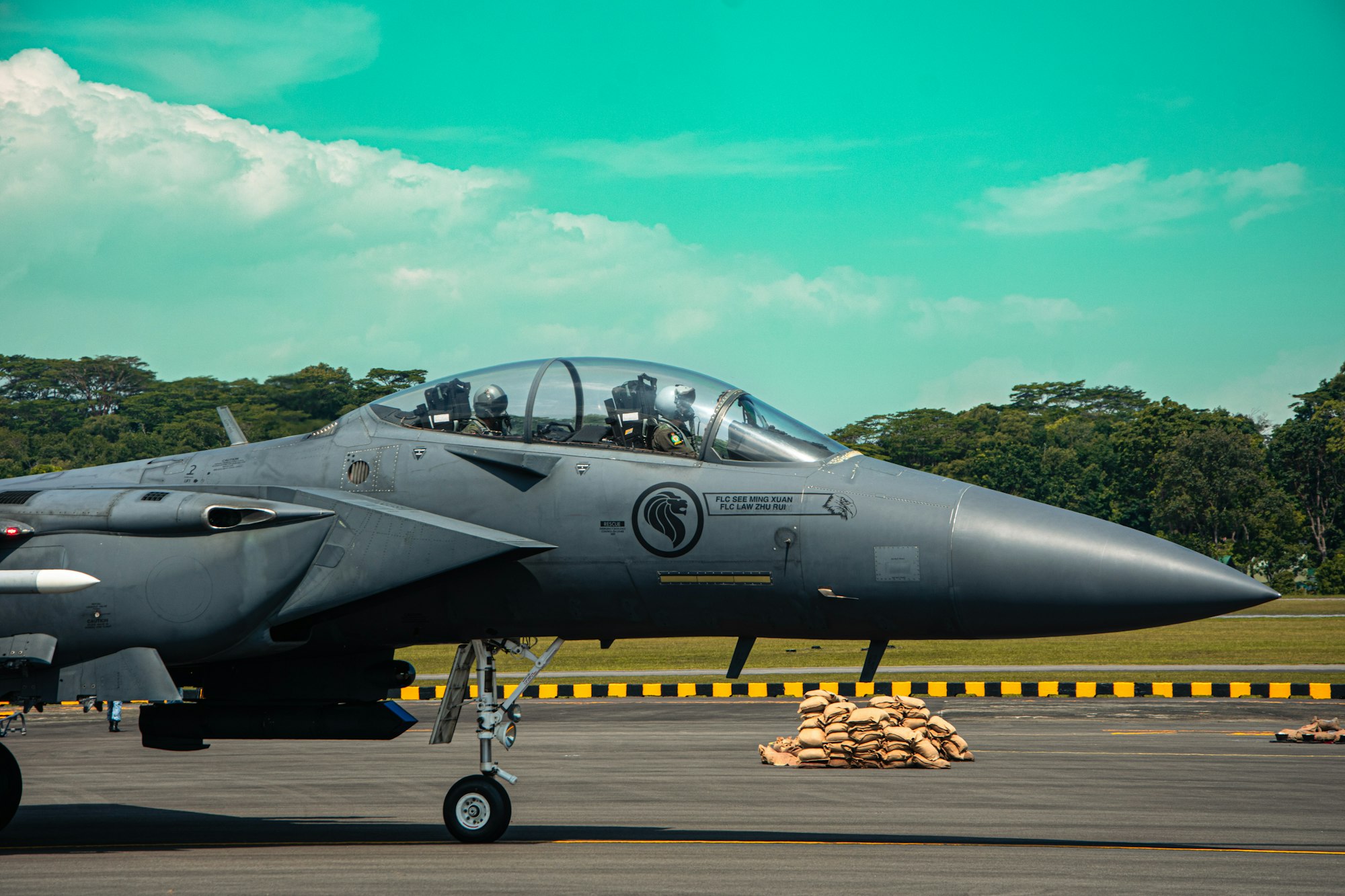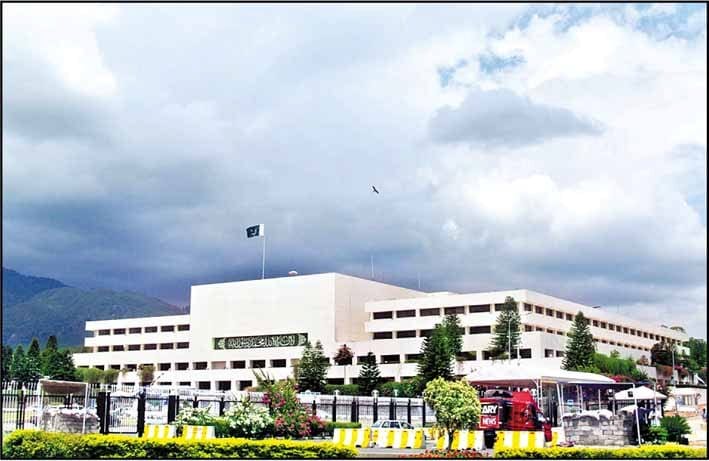Weekly Business Wrap-Up: Insights Across Industries
Encouragingly, TSMC has been urged to establish advanced chip manufacturing facilities within the United States, enhancing resilience and reducing reliance on external sources.

Aviation Industry: China’s Global Debut at Singapore Airshow
The recent Singapore Airshow witnessed a significant milestone in the aviation sector—the global debut of the C919 aircraft. This momentous event underscores China’s growing presence in the commercial aviation industry. As the world’s second-largest economy, China’s strategic focus on aerospace and defense has intensified, and the C919’s unveiling signals its ambition to compete on a global scale.

However, the aviation industry faces a critical challenge: its heavy reliance on semiconductors. These tiny chips power critical systems in aircraft, from navigation to communication. Unfortunately, the semiconductor supply chain is concentrated in a handful of countries, leaving the aerospace sector vulnerable to disruptions. To mitigate this risk, countries like the United States are actively bolstering their domestic semiconductor production capacity, aiming to reduce dependence on foreign suppliers.
Semiconductor Industry: The Powerhouses and Challenges
The semiconductor industry, a cornerstone of modern technology, is dominated by a select few countries. Taiwan Semiconductor Manufacturing Company (TSMC) stands out, producing over 60% of the world’s semiconductors. However, this concentration poses risks. To address this, the U.S. government has implemented policies to safeguard the semiconductor supply chain. Encouragingly, TSMC has been urged to establish advanced chip manufacturing facilities within the United States, enhancing resilience and reducing reliance on external sources.
Meanwhile, China’s semiconductor industry faces its own set of challenges. International pressure and a shortage of expertise in advanced chip production hinder its progress. As the global demand for semiconductors continues to surge, China must navigate these obstacles to remain competitive.
Digital Nomads: A New Frontier for Travel and Hospitality
Digital nomads—those who work remotely while traveling—represent a growing demographic with unique needs. Brands in the travel and hospitality sector are recognizing this trend and adapting their offerings. Digital nomads seek reliable connectivity, secure environments, and cultural engagement. To attract them, businesses are creating dedicated coworking spaces, guaranteeing Wi-Fi access, and curating personalized experiences. With an estimated 35 million digital nomads worldwide, European cities are emerging as hotspots for this lifestyle.
Regional Competition: Attracting Tech Startups
Countries like Singapore and the United Arab Emirates are engaged in fierce competition to attract tech startups. Their strategies include leveraging regulatory flexibility and financial resources. By creating an environment conducive to innovation, these nations aim to lure entrepreneurs and foster economic growth. As the Gulf region becomes a hub for tech talent and investment, the dynamics of regional competition are evolving rapidly.
In summary, the aviation and semiconductor industries grapple with supply chain vulnerabilities, while digital nomads redefine work-life balance. Meanwhile, regional competition intensifies as countries vie for startup success. Stay tuned for more insights next week!

